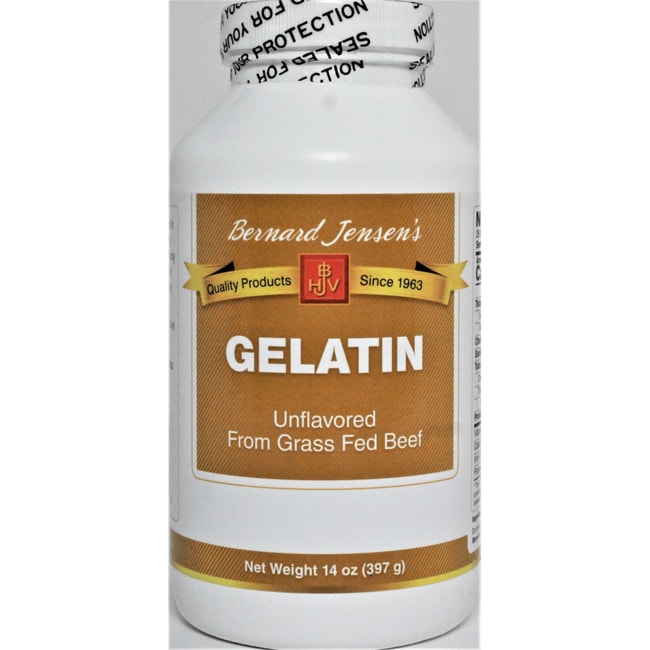

We have reviewed gelatin source authentication methods and identified their achievements and challenges. 2014) and chemisorption ( Hidaka & Liu 2003). 2015), electrophoretic analysis ( Azira et al. 2009), chromatographic-chemometric method ( Azilawati et al. 2015), mass spectrometric method HPLC/MS ( Yilmaz et al. 2015, 2016a), nucleic acid based method ( Cai et al. 2010 Hermanto & Fatimah 2013), immunochemical method ( Tukiran et al. Many gelatin source authentication methods have been developed including: spectroscopic method ( Hashim et al. However, large similarities between structures of gelatin from different sources make their differentiation difficult ( Nemati et al. Proteins, peptide derivatives and nucleic acids are favorable means for tissue identification in samples even after it has undergone heating, for instance, in processed food ( Buckley et al. Gelatin contains protein, peptides or nucleic acids ( Malik et al. Also, bovine and porcine gelatins is risky to gelatin-allergic patients ( Raraswati et al. The use of bovine carrying prion proteins has been linked to bovine spongiform encephalopathy (mad cow disease) causing immune response that led to fatal neurodegenerative disease (spongy degeneration of the brain and spinal cord) in cattle ( Widyaninggar et al. Other reasons for gelatin source authentication include: (i) protection of consumer from food frauds due to false labeling and avoid unfair market competition ( Kesmen et al. Traceability of gelatin source has been a great task in Halal field. Gelatin and gelatin based products are currently classified as doubtful because haram (porcine) gelatin is the most abundant.

Increase in Halal awareness among Muslims has called for great need of food-source authentications. 2004) and vegetarians avoid animal based products.
#Gelatin bovine skin
For examples, Muslims and Jews reject porcine based food derivatives, Chinese traditional medicine use only gelatin from donkey skin for treatment of some disease ( Nemati et al. Consumers’ concern about gelatin source is due to cultural and religious beliefs. The sources of most commercial gelatin are from mammalian (bovine and mostly porcine) bone and hide ( Shabani et al. Gelatin is a hydrocolloid with unique properties and can function as gelling, thickener, foaming agent, plasticizer, texture and binding agent ( Sahilah et al. Gelatin is among the most studied Halal ingredient because of its vast usage in pharmaceutical and food products. Apart from increasing Muslim population and Halal awareness, Halal market is driven by development of Halal ingredients authentication methods that strengthening consumers’ confident ( Malik et al.

Kajian ini mengulas secara ringkas penemuan-penemuan dan cabaran-cabaran dalam bidang penyelidikan ini dan menyediakan cadangan untuk lebih banyak penyelidikan mengenai perkembangan kaedah pengesahan (autentikasi) yang pantas dan gelatin yang telah berubah akibat pemprosesan.Īs at 2013, the global Halal market size was about 580 to 660 billion US Dollars and has great potential to increase in the future year ( Jahangir et al. Keberkesanan kaedah pengesahan (autentikasi) gelatin adalah suatu cabaran besar disebabkan oleh transformasi gelatin semasa pemprosesan dan persamaan rapat diantara struktur gelatin. Kaedah-kaedah ini memakan masa dan memerlukan peralatan bermodal intensif dengan kos yang besar. Tujuh kaedah pengesahan (autentikasi) gelatin yang telah dilaksanakan termasuk kaedah: berasaskan asid nuklik, imunokimia, analisis elektroforetik, spektroskopi, spektrometrik massa, kaedah kromatograf-kimometrik dan serapan kimia. Asas galakan untuk diadakan pengesahan (autentikasi) sumber gelatin adalah disebabkan kepercayaan agama dan budaya, pencegahan penipuan makanan dan isu kesihatan. Gelatin adalah bahan farmaseutikal dan makanan yang sangat terkenal serta menjadi ramuan yang paling banyak dikaji dalam bidang penyelidikan Halal.


 0 kommentar(er)
0 kommentar(er)
